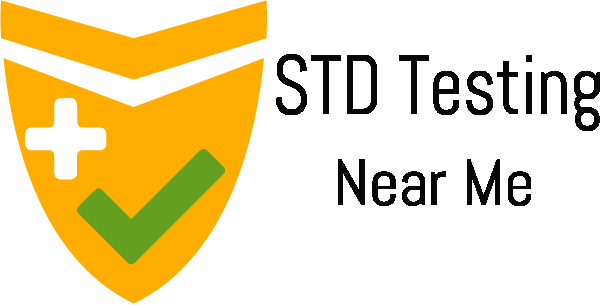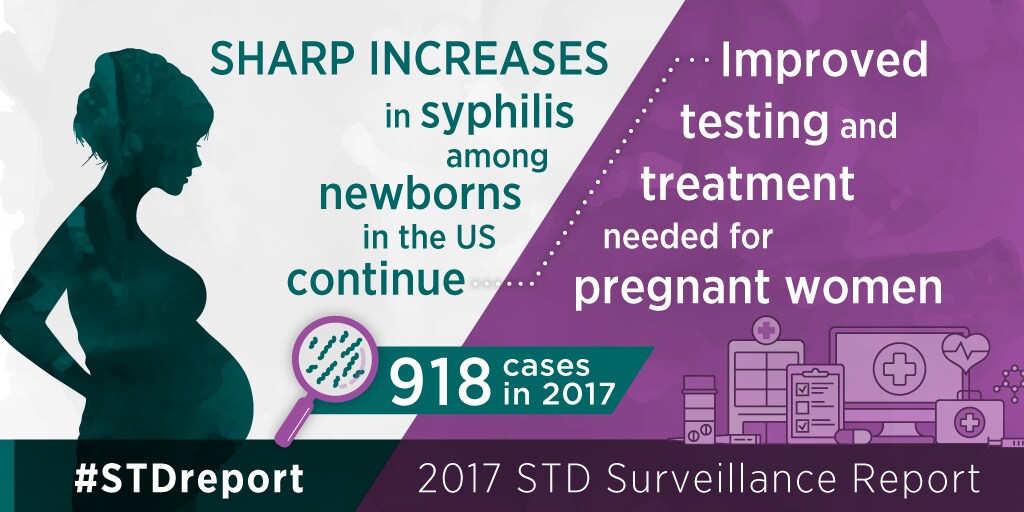According to the latest CDC report on STD. There is a rise in the rate of STD cases in the United States. Experts say many factors have contributed to the increase, though the biggest one may be less frequent condom use.
The report mainly focuses on the rise of 3 STDs
- Chlamydia: 1.7 million cases, 22% increase since 2013
- Gonorrhea: 555,608 cases registered, 67% increase since 2013
- Syphilis: 30644 cases registered, 76% increase since 2013
The group which has affected more is as follows:
- Young people aged 15-24 years
- Gay and Bi-sexual men
- Pregnant women
Let’s have a look into important insights mentioned in the report.
A detailed 164 pages STD report can be downloaded from CDC’s website here is the link to the file
Read the latest CDC’s STD report here: Simplified CDC’s STD report 2018-19
Chlamydia
- The report says there are total no. of 1,708,569 cases of Chlamydia in the United States
- It increased by 6.9% compared to the previous year.
- This growth has been noticed in all age group
- However, the highest among adolescent and young adults in recent years.
Few of the notable insights on Chlamydia from the report are as follows
- 2/3 of the cases are among the age group of 15-24 years
- Rates among men screened for Chlamydia has increased by 40% in men during 2013-2017.
- This increased in no. of cases in chlamydia may reflect increased among gay, bisexual, and other men who have sex with men (MSM).
- This was possible due to the increased availability of urine and extragenital screening.
Chlamydia by Regions
Chlamydia was highest in the South (6.8% increase from previous year), followed by the West (8.8% increase from previous year), Midwest (5.6% increase from previous year), and Northeast (6.2% increase from previous year)

Chlamydia by County
Rates of reported cases of chlamydia by state ranged from 226.1 cases per 100,000 population in West Virginia to 799.8 cases per 100,000 population in Alaska. The rate in the District of Columbia was 1,337.0 cases per 100,000 population
Chlamydia detection by source
Over time, the proportion of male cases reported for Chlamydia from STD clinic sites has decreased substantially, from 30.5% in 2008 to 9.7% in 2017. In 2017, among women, only 3.8% of chlamydia cases were reported through an STD clinic. Seriousness about the STD testing is slowly dwindling.
Gonorrhea
- A total of 555,608 cases of gonorrhea were reported making it the second most common STD in the US
- Rates of reported gonorrhea increased to 18.6% compared to the previous year
- The magnitude of the increase among men suggests either increased transmission, increased case ascertainment through increased extra-genital screening among MSM, or both.
Few of the notable insights on Gonorrhea from the report are as follows
- The rate of reported gonorrhea cases increased by 18.6%, and increased by 75.2% since the historic low in 2009.
- Only recommended treatment due to Antimicrobial resistance is a therapy with ceftriaxone and azithromycin is now considered a recommended treatment for gonorrhea
Gonorrhea by Regions
The South had the highest rate of reported gonorrhea cases among the four regions of the United States, followed by the Midwest, the West, and the Northeast.
Gonorrhea by County
50.0% of reported gonorrhea cases occurred in just 70 counties or independent cities and 625 counties (19.9%) in the United States had a rate of reported gonorrhea less than or equal to 25 cases per 100,000 population
Gonorrhea by Reporting Source
Since 2008, the percent of gonorrhea cases reported by STD clinics declined 64.4% among males and 57.9% among females. the percent of gonorrhea cases reported by STD clinics decreased by 12.2% among males and 8.4% among females. This means that the people opting to test for STD detection has reduced at a very drastic rate.
So where lies the actual sources of detection? the largest proportion of cases among men were reported by private physicians/health maintenance organizations (HMOs) (21.8%), followed by other hospital clinics/facilities (12.3%), STD clinics (11.5%), emergency rooms (6.6%), and other health department clinics (6.2%).
Syphilis
In 2017, a total of 30,644 cases of primary and secondary (P&S) syphilis, that is increasing 10.5% during 2016–2017
72.0% of states and the District of Columbia.(article)
In 2017, men accounted for almost 90% of all cases of P&S syphilis and MSM accounted for 68.2% of reported P&S syphilis
Few of the notable insights on Syphilis from the report are as follows
- In states with consistent information on the sex of sex partner, the number of P&S syphilis cases increased 8.6%
- Among MSM, 17.8% among MSW, and 24.9% among women during 2016– 2017
- Among P&S syphilis cases with known HIV-status, 45.5% of MSM(Men having sex with men), 8.8% of MSW(Men having sex with women), and 4.5% of women were HIV-positive in 2017. (article syphilis and HIV, MSM)
- In 2017, there were a total of 918 reported cases of congenital syphilis, including 64 syphilitic stillbirths and 13 infant deaths.
- The national rate of 23.3 cases per 100,000 live births represents
- A 43.8% increase relative to 2016 and a 153.3% increase relative to 2013. This increase in the congenital
- Syphilis rate has paralleled increases in P&S syphilis among all women and reproductive-aged women during 2013–2017 (155.6% and 142.8% increase, respectively).
P&S Syphilis by Region
The P&S syphilis rate increased 16.8% in the West, 10.2% in the South, and 8.8% in the Midwest; the rate did not change in the Northeast.
Learn: How can CS affect my baby?
P&S Syphilis by State
The rate of reported Syphilis cases in the District of Columbia was 40.2 cases per 100,000 population. Thus the rates increased in 72% (36/50) of states and the District of Columbia, and remained stable or decreased in 28% (14/50) of states.
Syphilis by Reporting Source
- 17.0% of P&S syphilis cases were reported from STD clinics, 71.7% were reported from venues outside of STD clinics, and 11.4% of cases had an unknown reporting source.
- The proportion of P&S syphilis cases that were reported by STD clinics has declined over the last decade from 31.1% of cases in 2008 to 17.0% of cases in 2017
- P&S syphilis cases that were reported by STD clinics has declined over the last decade from 31.1% of cases in 2008 to 17.0% of cases
Read the latest CDC’s STD report here: Simplified CDC’s STD report 2018-19



